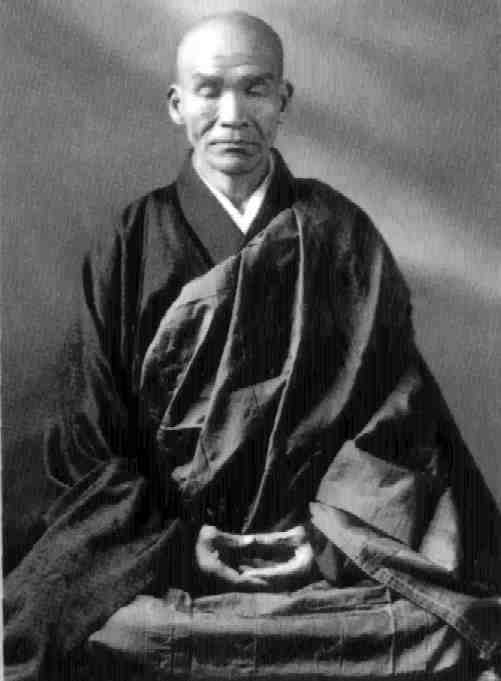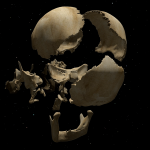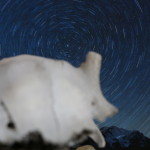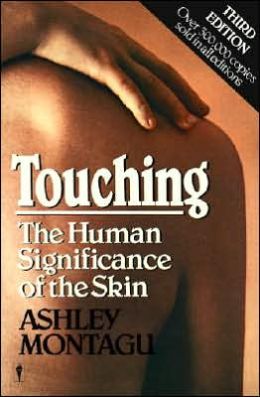“Living and Dying in Zazen – Five Zen Masters of Modern Japan”
by Arthur Braverman

I love how this book came to me at this point in my practice where I am just sitting with my clients.
A lot of great simple wisdom in this book, wisdom straight from the mouths of five Zen Masters. Through the investigative work of Arthur Braverman we get to hear what these five extremely devoted Zen masters taught about zazen. Not much more to say; this book is full of rich insights which are as mundane and boring as every sunset.
Here are some quotes:
All the troubles in this world, political, economic and so forth, are created from situations in which the awareness of one’s ordinariness is absent.
My teacher said, “Don’t spare any effort. People always hold back something when they make any kind of effort. When you hold something back, no matter what you are doing, your effort never amounts to anything. You are holding back when you say, ‘It’s no good’ or ‘I can’t do it.
When you say, “This is it!” exerting the effort required to make nine times nine eighty-two, there is nothing you can’t do. This is because we humans as primates are supposed to be able to exert effort beyond our normal capacity. In Buddhist terms we would say that the secret of whether one has awakened the Buddga mind is a question of whether one has the will to act….
– Sodo Yokoyama
 Kodo Sawaki
Kodo Sawaki
The universe and I are of the same root. The myriad things and I are one body. That is zazen.
Zazen is like the vast sea, a world without limits; it shines like the moon, spreading its limitless light.” This is [Dogen] Famously extolling zazen.
When I’m asked what is the purpose of zazen, I have to say no purpose. As I’ve often said, sit, body upright, backbone stretched, breathing through your nose, mouth closed, eyes open, sitting resolutely…. Zazen is basically becoming intimate with the self–the Dharma of becoming you. All the sutras are literally extensions of zazen.
Dogen Zenji expressed it as “In non-thinking it [Buddha Dharma] manifests.” When you are just sitting, there are no thoughts like, “enlightenment will come little by little.” That’s where Buddha Dharma manifests. As long as you just sit, that is where the Way is. This does not only apply to sitting. When you are helping someone, you just help. You don’t say, “If I help her I will gain merit” and you don’t take care of someone because it’s beneficial. Without thinking such things, you just help whether it brings you benefit or not.
Our bodies do not belong to us. They are the true activity of the life of the great universe. That is to say, our bodies are the great universal life. The proof that this body is the life of the universe is in zazen. In zazen, you place your hands like this and cross your legs and do nothing at all with regard to yourself. By doing zazen in this manner, your body will become the reality of the great universe.
Zazen is an activity that is an extension of the universe. Zazen is not the life of an individual; it is the universe that is breathing.
– Kodo Sawaki
There is no expression with deeper meaning than that of the word “just” in “just sitting.” No matter what, throwing away the activity born of ignorant doings, you sit there, which means you are not being fooled. You stop delusion and sit.
We have to transcend cause and effect. That is zazen. Zazen is ceasing to create karma. That’s the reason we sit, isn’t it? To stop creating karma and only that.
(…)
That’s the only reason for sitting. Never mind what will happen next. This wholeness will act on us from within.
Since we are simply being allowed to do what we do, whatever happens is fine. If in an encounter I am acting in accord with my inner calling, there is no need to inquire into the results.
Repentance is not saying, “I was wrong.” When someone says, “I was wrong,” it means nothing. Single-minded zazen, even for a minute, is the correct response. Sit true Tathagata Zen…. In this you will have repented. It is said, “If you want to repent, practice zazen and understand reality.” That is repentance. If you feel you’ve wronged someone, you should sit earnestly. In that way you will build [a foundation for] yourself.
– Motoko Ikebe
Sitting was not some kind of excitement to him. It was sitting in boredom, pain, fatigue, dissatisfaction, or whatever came up. Enlightened living for him was living with the mundane.
Strongly recommended

















